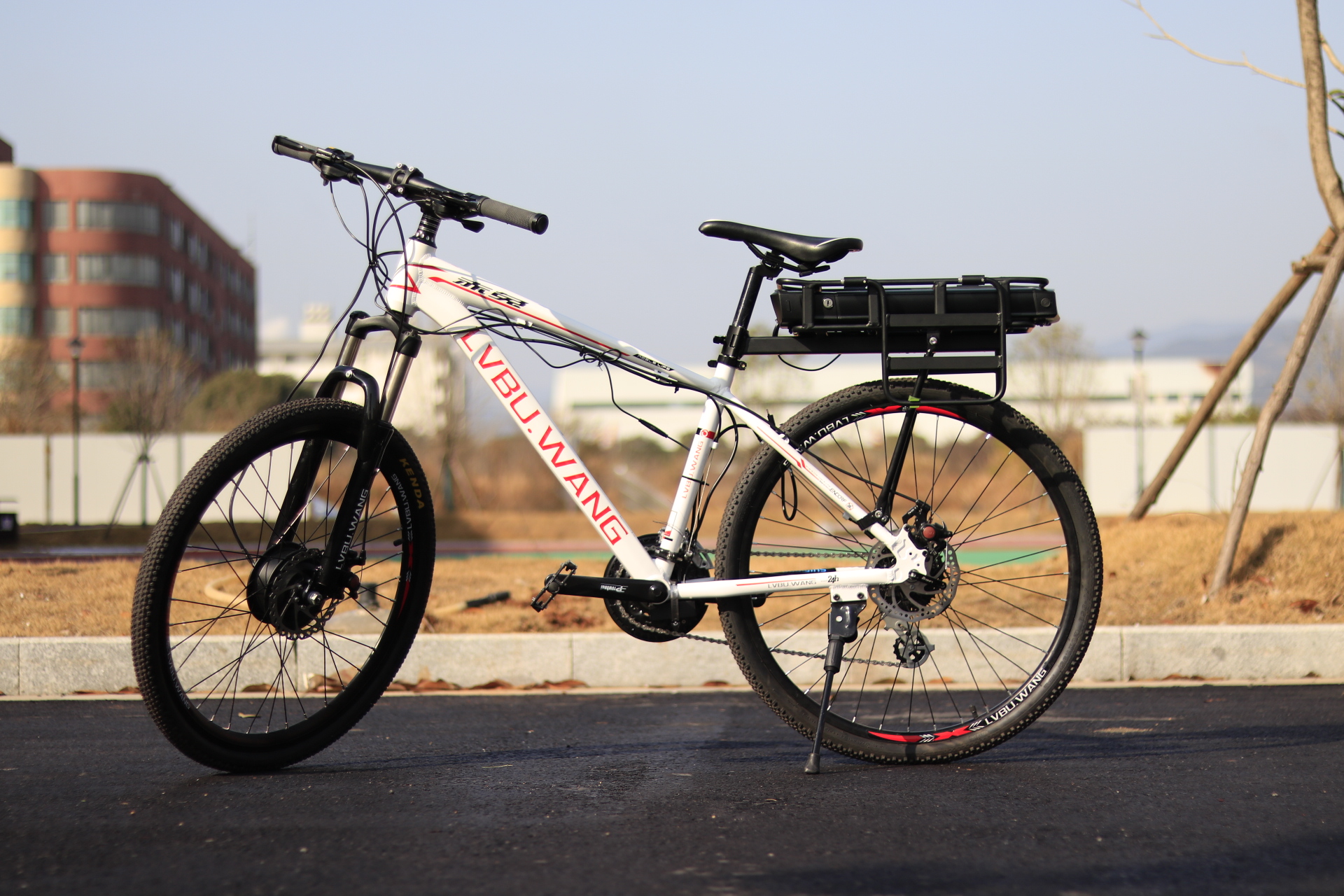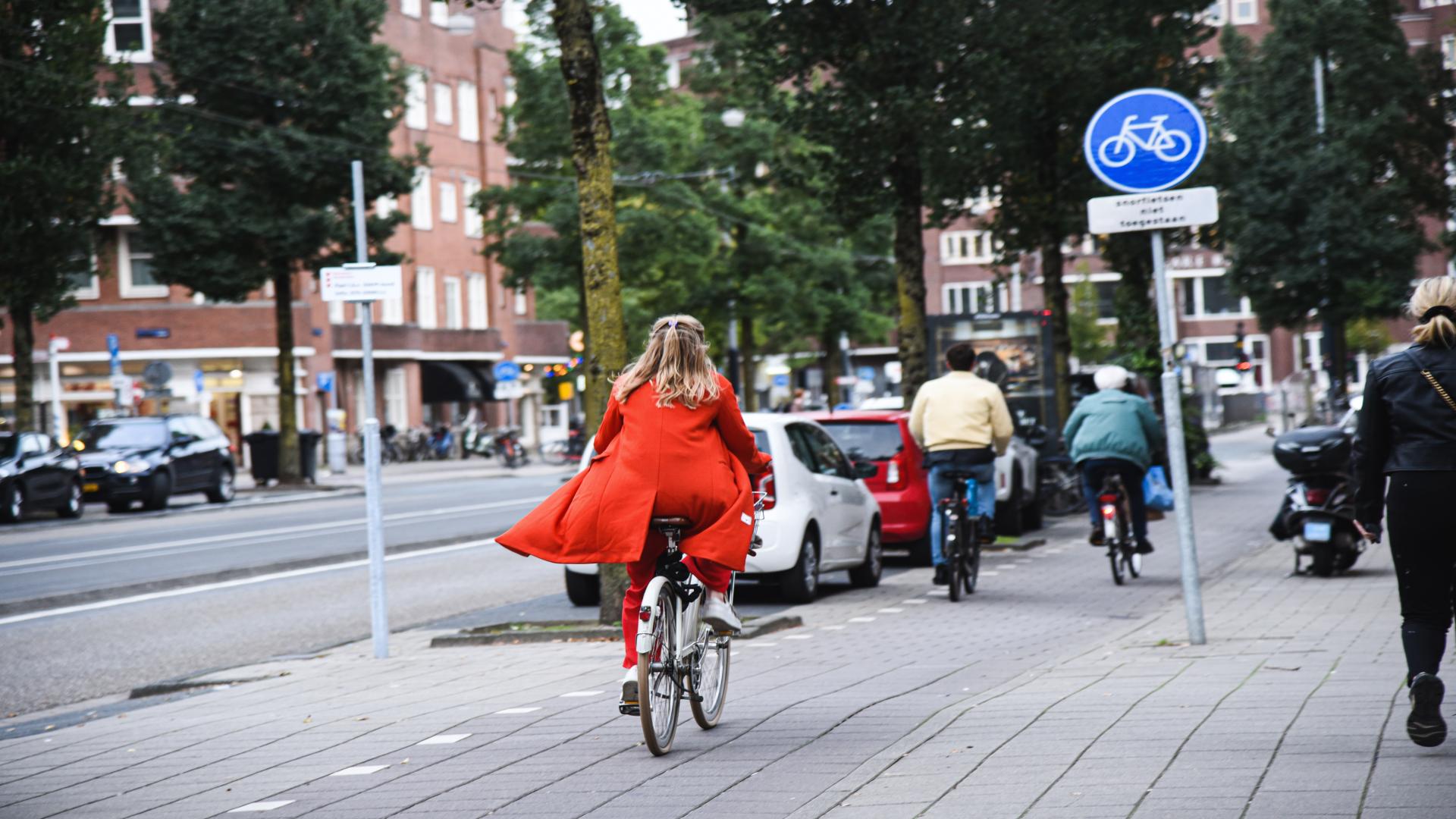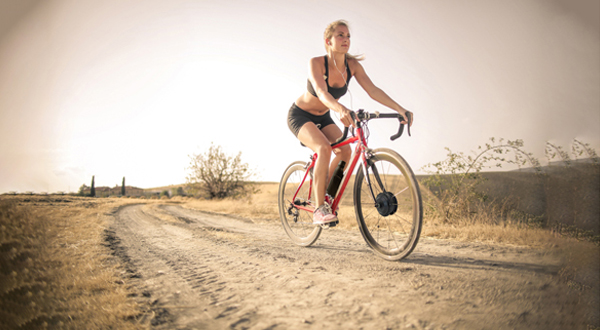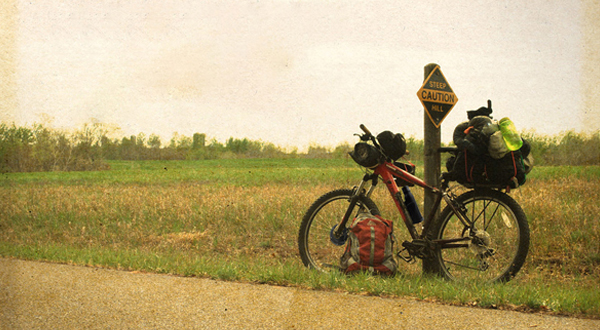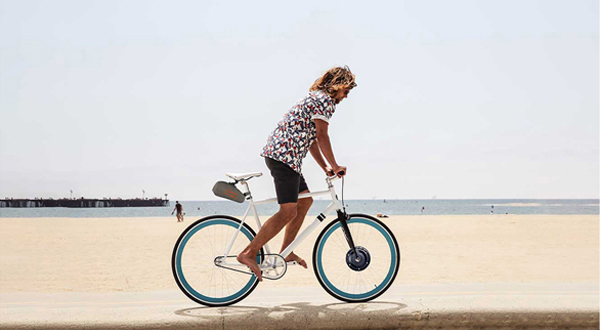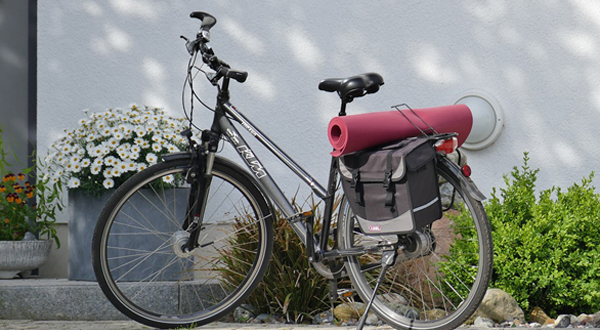Some Tips for Conquering Long-Distance Cycling !
Riding a bicycle for more than 100 kilometers between cities can give a strange feeling of both torture and pleasure. Long-distance cycling is an excellent way to test one's willpower and challenge oneself to the limit, and the sense of achievement that comes with successfully tackling such challenges can bring joy and satisfaction to both the mind and body. However, attempting to break your own riding long-distance record is not an easy task, and it can be frustrating when you are exhausted and in pain but still have dozens of kilometers left to ride. Here are some tips for conquering long-distance cycling: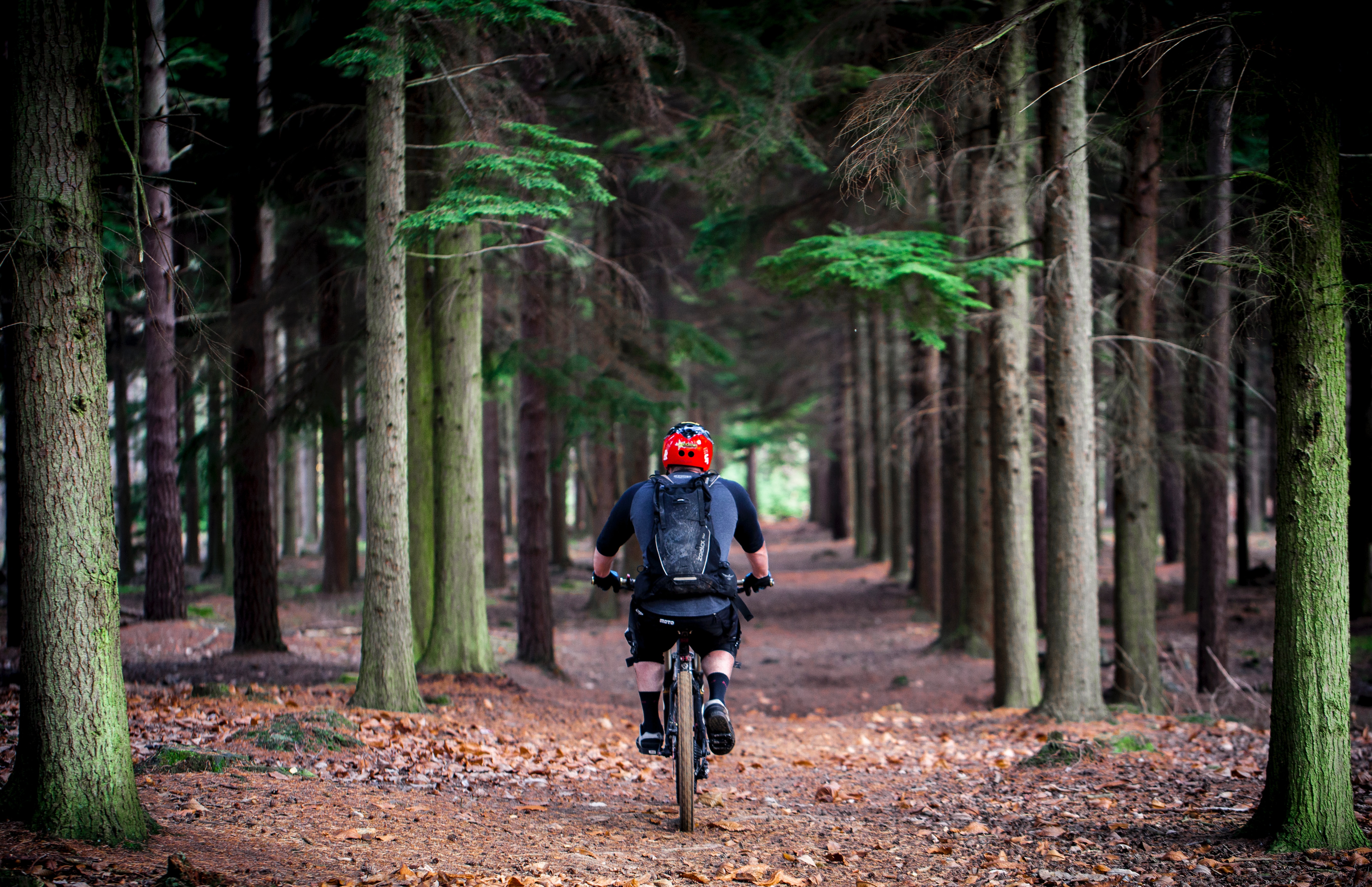
Suitable equipment To do a good job, one must first sharpen one's tools. An appropriately set up bicycle is crucial for breaking through long distances. Numbness and pain in the hands, feet, knees, and back can lead to premature termination of the ride. Each person's body is unique, so choosing components that suit you and adjusting your bike accordingly is essential to avoid exercise injuries. If numbness and pain occur frequently, it may be advisable to undergo professional Bike Fitting to find suitable bike settings.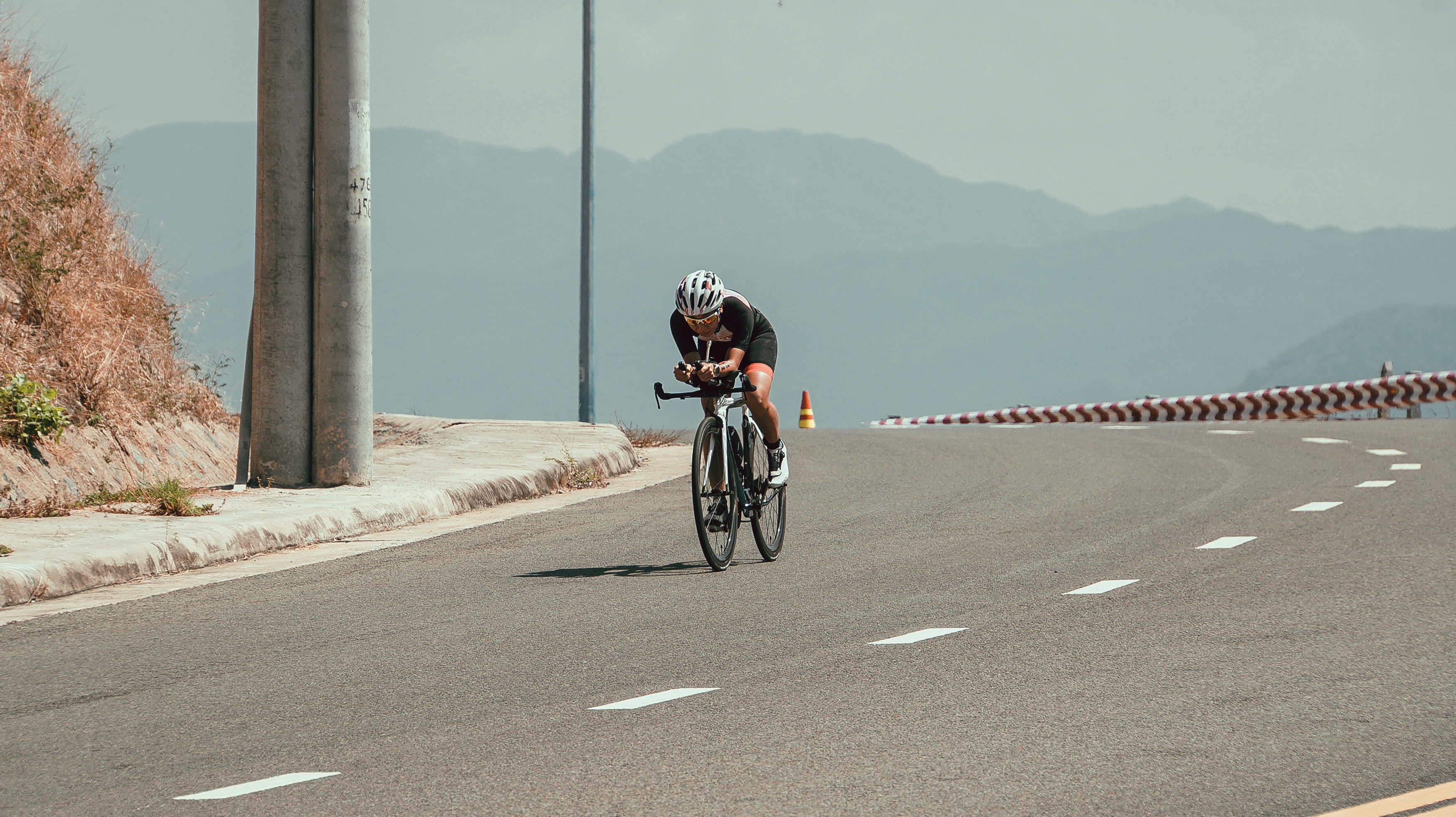
Set small goals Going from riding a maximum of 100 kilometers to suddenly setting a goal of 200 kilometers is unrealistic. Taking large steps risks causing injury to the body and mind, causing the challenge to fail. To challenge oneself, progression should be gradual; start with a goal of 2-30 kilometers and gradually increase distance, allowing time for the body to adapt. Breaking the route down into several parts based on towns, landmarks, bridges, etc. can make it easier to achieve short-term targets between each section, rather than feeling anxious about the total distance.
Proper nutrition: If you want to maintain ample energy during endurance cycling, consuming calories through replenishment is crucial. The calorie consumption data can be displayed on the odometer as a reference for planning nutritional intake. On long-distance rides, carrying high-carbohydrate foods such as energy gels and bars is a good choice for replenishment. Energy gels are similar to gelatin; easy-to-swallow, and can be consumed with one hand while cycling. They also absorb more quickly, taking effect in a shorter time. Energy bars are solids, making it more challenging to eat; they need to be chewed before swallowing with water and are best consumed when taking a break from riding. The advantage being that energy bars usually provide higher calorie content than energy gels, and solid food provides satiety.
During long-distance rides, there is a loss of electrolytes through sweating. It is necessary to add electrolyte supplements in a timely manner to avoid muscle cramps. Listen to your body and refuel when needed.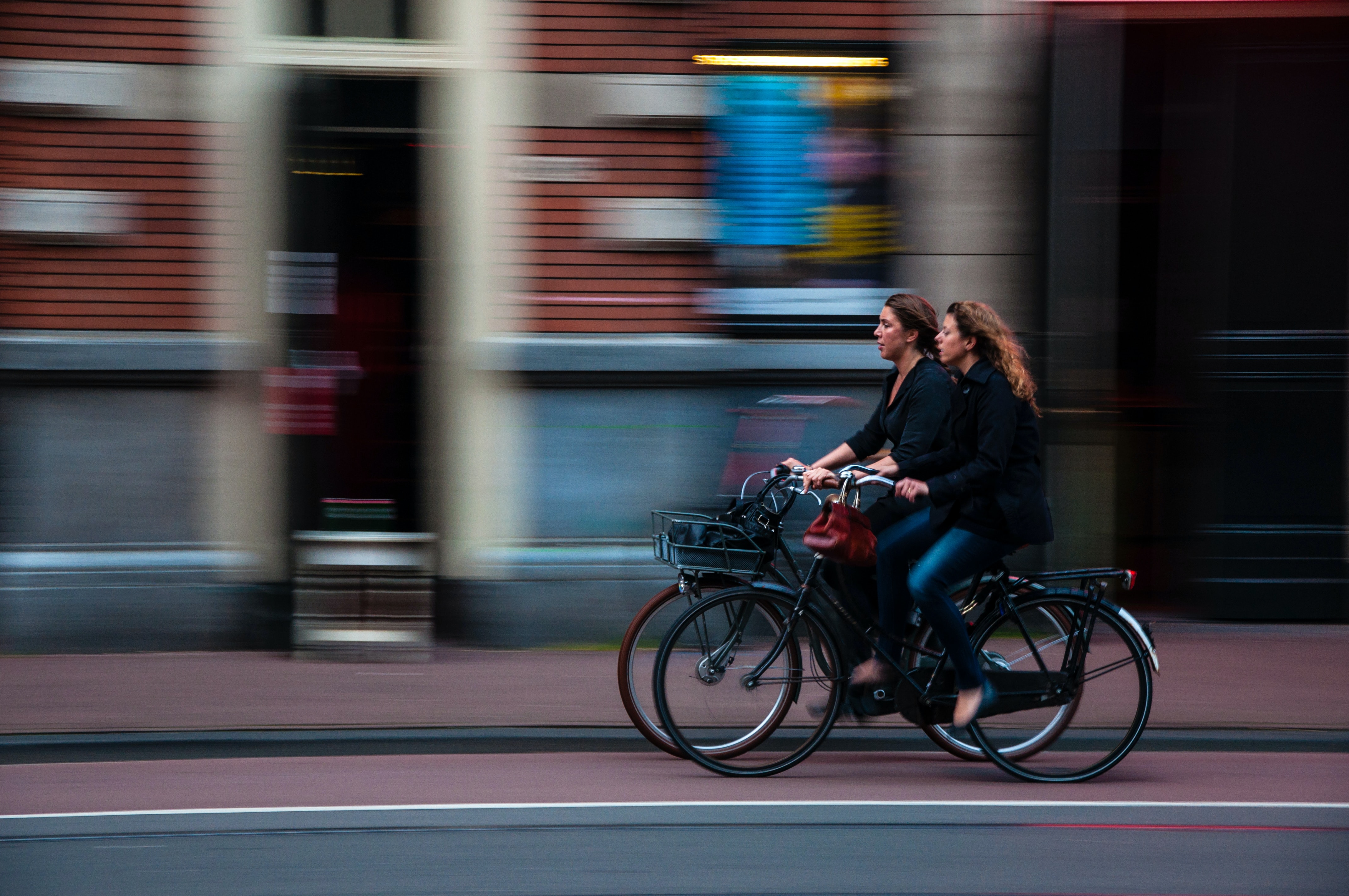
Proper rest: There are usually two water bottle holders on the bike frame, which may not be sufficient for long-distance rides needing two or more bottles. Resting for short periods to stretch your legs, alleviate soreness caused by prolonged pedaling, and move your tensed up back and other stiff parts of the body ensures blood circulation to reduce pressure on the perineum. Taking short breaks allows the rider to refuel while hydrating on the go and make small changes if necessary.
Not only during the ride, but also after the ride to pay attention to rest well. Studies have shown that more than 90 minutes of high-intensity endurance exercise can make athletes more susceptible to disease up to 72 hours after exercise. After a lot of exercise, immune function drops sharply, and viruses are easy to take advantage of. Take protein after exercise and get enough sleep to allow your body to repair sore muscles.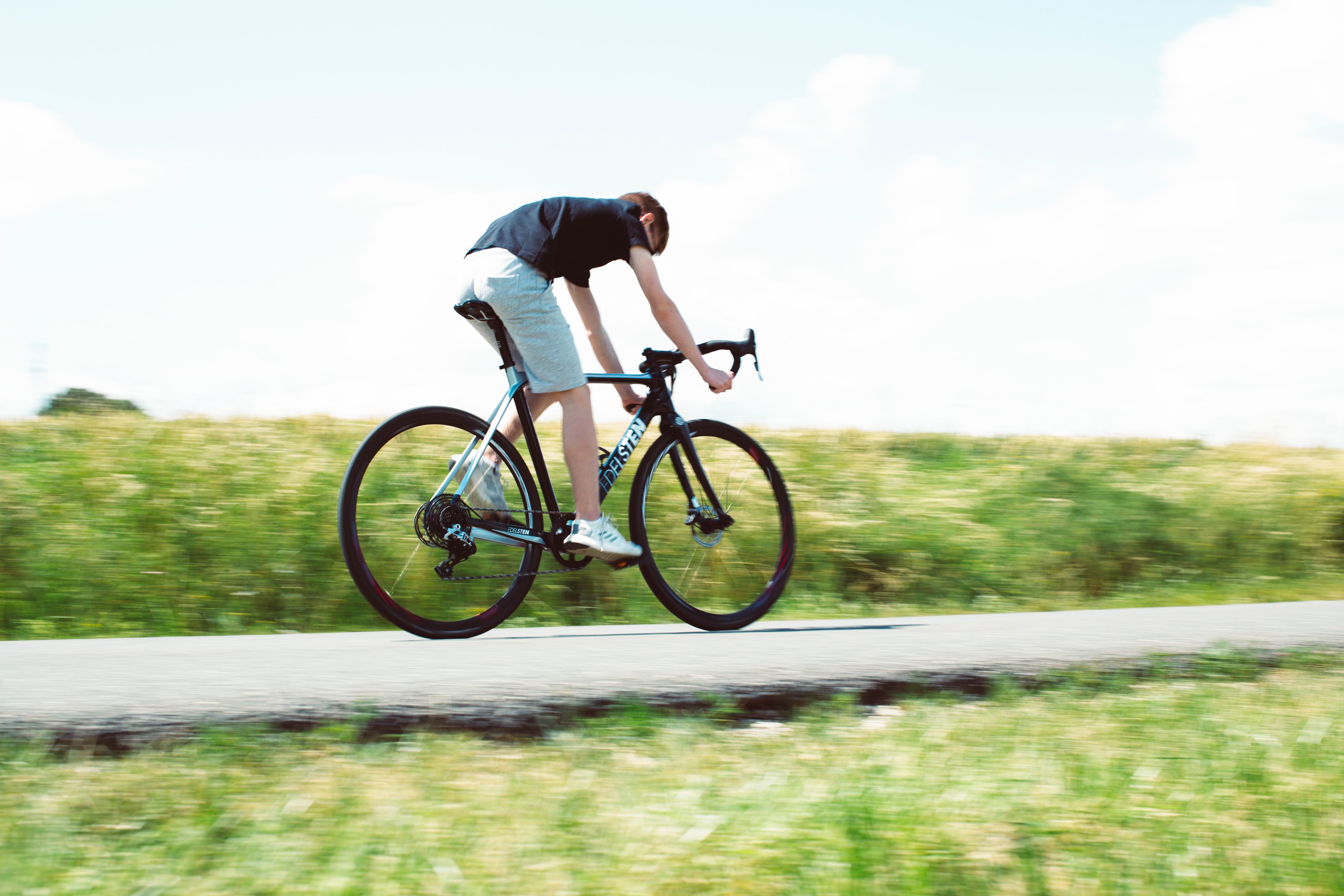
Adding electric power to bike can make long-distance cycling easier and more enjoyable. The Lvbu electric bike conversion kit is a great choice for those with average physical ability. Simply install the bike hub motor wheel and attach the rear rack battery to have a hybrid system that combines human power, electric power, and assistive power, greatly reducing the burden during long-distance cycling. The assist range of this kit can reach 150-180km.
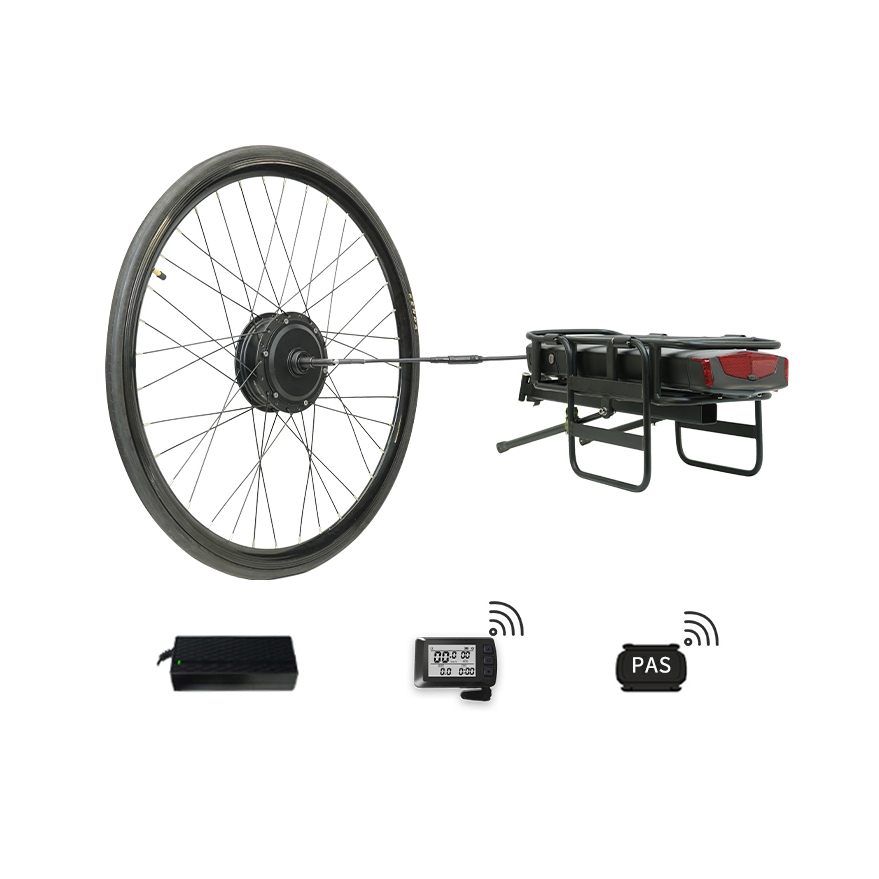
The diy electric bike kit uses a 250W high-speed brushless bicycle motor that is compact, lightweight, efficient, smooth, and has a long service life. It also comes equipped with planetary gears and a clutch, making cycling without electricity even easier.

In terms of the battery, this best electric bike kit uses Taiwan's high-performance and high-safety BMS battery protection system, with functions such as over-discharge protection, over-current protection, temperature protection, overcharge protection, and short-circuit protection, ensuring the safety of cyclists.
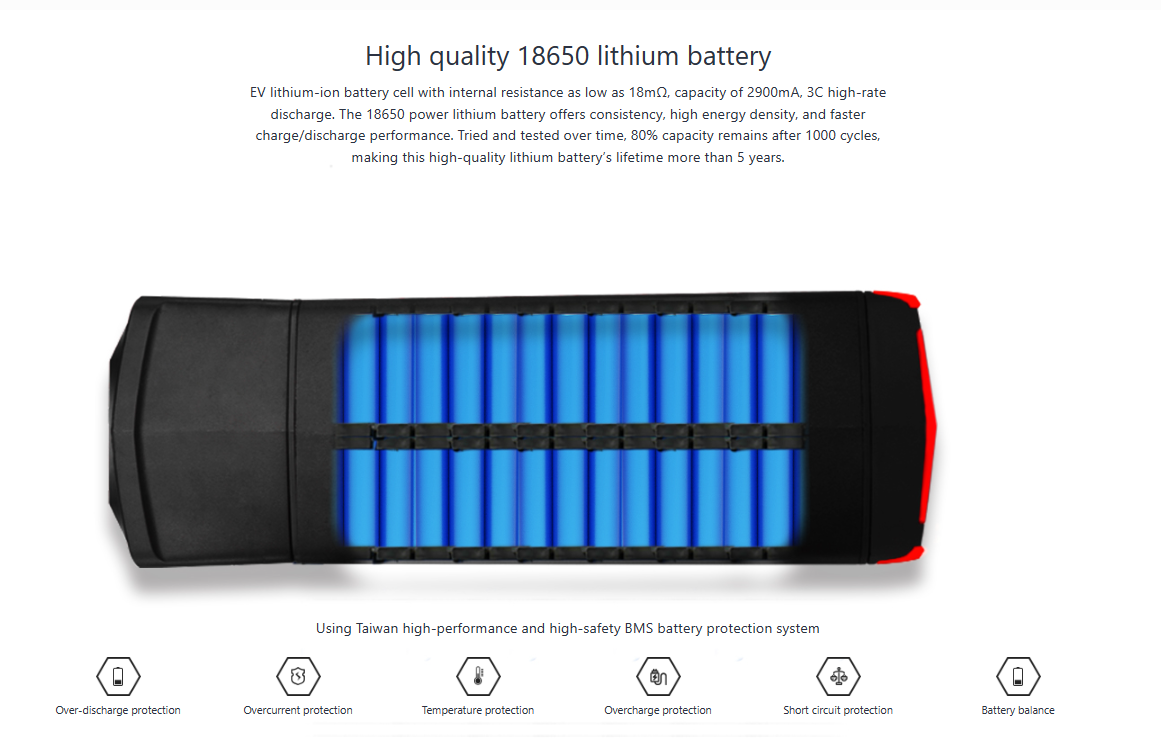
In addition, the ebike conversion kit comes with Lvbu Intelligent Taillights, which automatically illuminate based on turning and braking situations, improving safety during night cycling. The Bluetooth meter can also adjust the assistive ratio, and pure electric riding mode eliminates unnecessary pedaling.
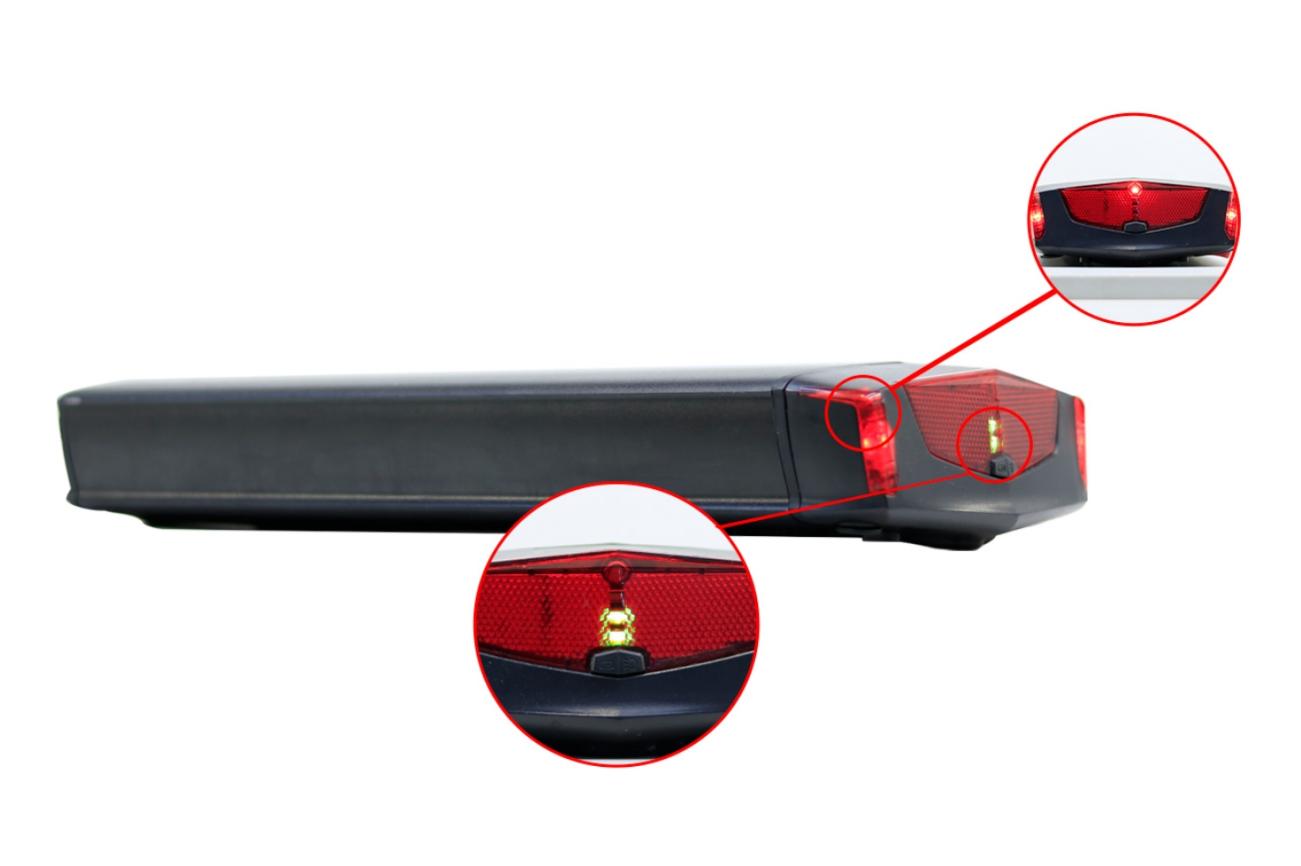
Furthermore, the IP65 waterproof rating of the kit allows for worry-free cycling in rainy weather conditions. However, for safety reasons, it is recommended to avoid cycling in
harsh weather conditions.
Cycling distance improvement is not achieved overnight, step by step, gradually improve yourself in each training, and gradually unlock the achievement of 200, 300, or even 400 kilometers a day. If you want to see the results even faster try using the Lvbu ebike conversion kits.
